Harnessing behavioral biases: How RappiCard enhances customer engagement with Braze
Published on September 15, 2025/Last edited on September 15, 2025/5 min read
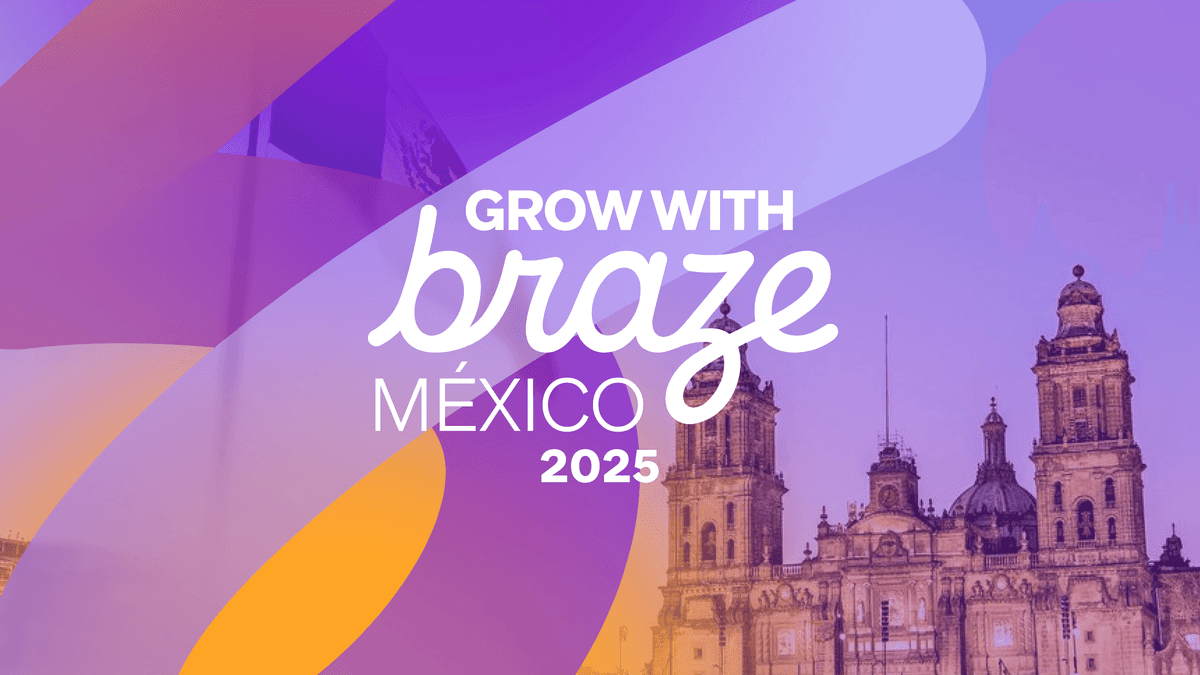
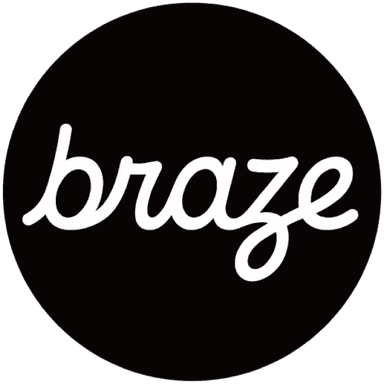
Team Braze
BrazeWith inboxes bursting at the seams and messages from every direction, how can brands cut through the noise and capture customer engagement? The answer could lie in human psychology. This was the fascinating focus of a presentation from RappiCard at our recent Grow With Braze Mexico event.
In a compelling session, Pedro Solís Camara, Head of Growth at RappiCard, and Casandra Lima, Strategy and Engagement Manager, shared their innovative approach to leveraging behavioral biases to drive customer engagement and growth.
Their collaboration with Braze has been instrumental in achieving remarkable results, and they were eager to share their insights and practical examples.
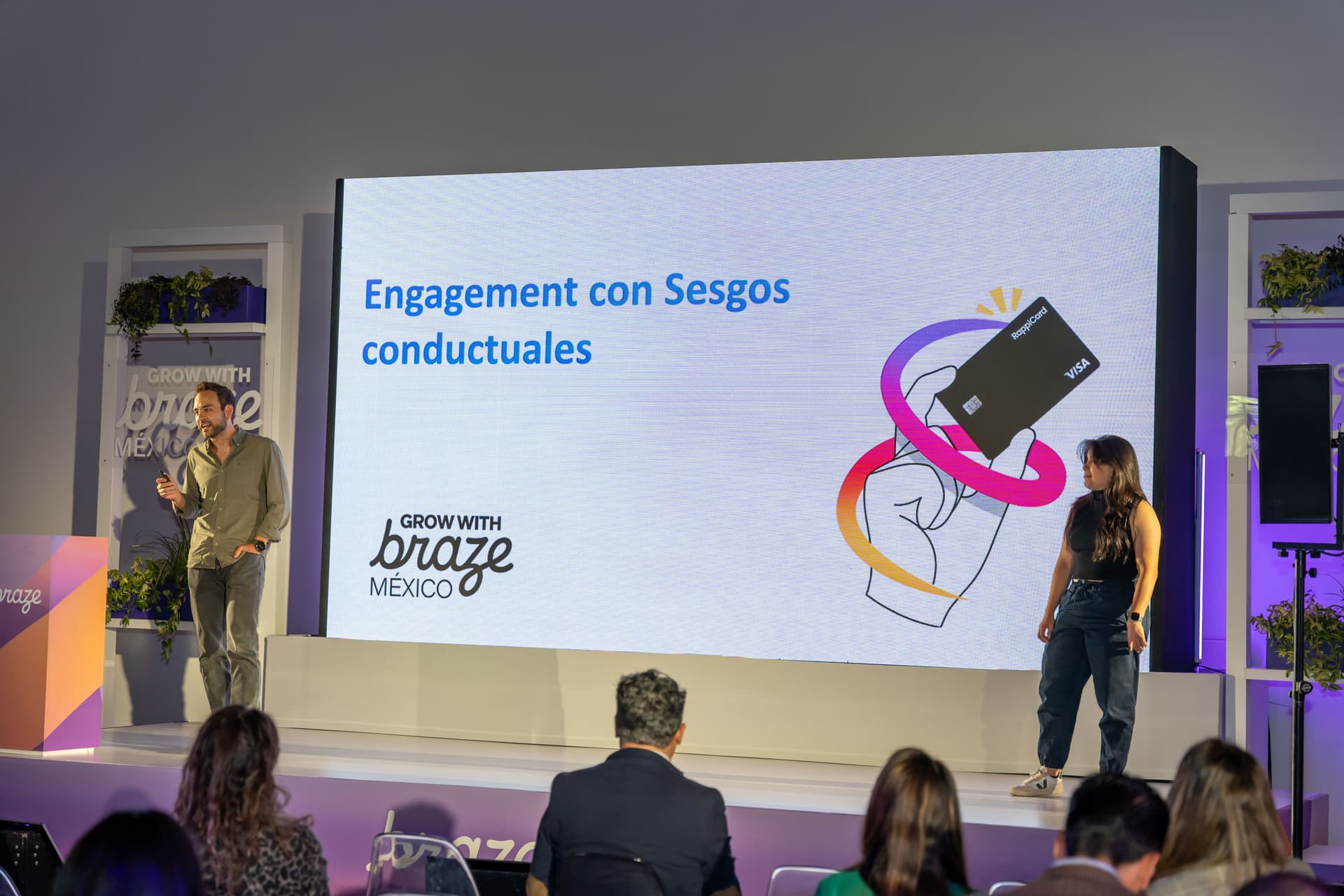
Getting to know RappiCard
RappiCard is a fee-free credit card that offers users a range of benefits, including cashback, deferred purchases, interest-free months, and an app to track spending in real-time.
RappiCard operates primarily in Mexico, where it is offered by parent company Rappi, the Latin American super-app, in partnership with Grupo Financiero Banorte, Mexico’s largest bank.
Facing competition from traditional banks and an increasingly crowded fintech market, RappiCard needs to capture user attention, build trust, and drive engagement with its services.
Understanding Behavioral Biases
The focus of the session was on behavioral biases—what they are, why they matter, and how brands can use them to increase engagement.
Pedro Solís Cámara explained the concept that people are ‘predictably irrational’ because their decision-making is affected by behavioral biases. They may not always make the most logical choices, but the choices they make can be anticipated or influenced.
It’s a concept that earned Richard Thaler a Nobel Prize in economics. And one that brands can leverage to influence customer decisions without relying solely on costly promotions, as Pedro and Cassandra went on to explain.
Five Behavioral Biases in Practice
Goal Gradient Bias
What is it?
People increase effort when they are given a goal to work towards, especially as they get closer to achieving it.
In practice
RappiCard increased the adoption of deferred purchases by creating a mission for users to complete, represented by a punch card. This visual representation of progress motivated users to complete their mission.
The result
A 25% increase in conversion compared to traditional methods.
Familiarity Bias
What is it?
People are more drawn to familiar designs or formats because they require less cognitive effort to process and understand.
In practice
RappiCard experimented with a range of designs to attract new customers and discovered a simple note-like message outperformed more polished designs. The familiarity of the format captured attention amidst numerous notifications, demonstrating that familiar designs can build trust and reduce mental effort.
The result
A significant lift in engagement without the need for expensive incentives, highlighting the power of simplicity and recognition.
Social Proof Bias
What is it?
People look to others for validation when making decisions, especially in unfamiliar situations.
In practice
When RappiCard wanted to promote interest-free installment purchases, they tested a design listing partner stores versus a design featuring user reviews. The review-based design combined two biases, social proof and familiarity biases, and significantly outperformed the other design.
The result
The validation from other users significantly influenced perceptions, leading to a 25% increase in purchases.
IKEA Effect
What is it?
People place higher value on things they’ve built (like building an Ikea flatpack) or feel they’re earned through effort.
In practice
RappiCard developed a gamified experience where users played a claw machine game to win cashback offers. This interactive approach, made possible with Braze, created a sense of achievement. According to the IKEA effect, it would make the offer feel more valuable to the user.
A/B test: interactive experience vs. direct reward (same cashback, no interaction).
The result
Gamification enhanced the user experience by making interactions feel rewarding and valuable. The interactive experience drove a 54% higher redemption rate vs. the direct reward.
Loss Aversion Bias
What is it?
People are more motivated to avoid a loss than to achieve an equivalent gain.
In practice
Urgency and the psychological impact of loss can be highly motivating, think of FOMO. RappiCard uses a range of urgency elements like timely reminders, countdown animations, and other cues to highlight promotions that are closing. This triggers an emotional response in users who don’t want to miss out, and can increase promotion sign-ups.
The result
On the final days with urgency messaging, registrations increased +15% vs. comparable days without urgency elements.
Key takeaways
- User behavior isn’t always logical, but it is predictable, and brands can leverage behavioral biases to encourage conversions
- Experiment with different approaches to discover how behavioral biases can help your marketing efforts cut through the clutter
- Combine behavioral biases to increase engagement further, such as gamification and the IKEA bias
Final thoughts
Pedro and Casandra concluded by emphasizing the importance of using these biases thoughtfully to enhance customer engagement and drive results, and avoiding overuse, which can diminish effectiveness and potentially lead to customer fatigue.
The insights shared have undoubtedly sparked curiosity and inspired new strategies for leveraging behavioral biases in marketing, paving the way for more effective and engaging customer interactions.
Don’t miss Braze events and opportunities in your area
Visit our Grow With Braze event hub for all upcoming events around the world and opportunities to learn from the very best: https://brazeevents.braze.com/grow-with-braze
Related Tags
Be Absolutely Engaging.™
Sign up for regular updates from Braze.
Related Content
View the Blog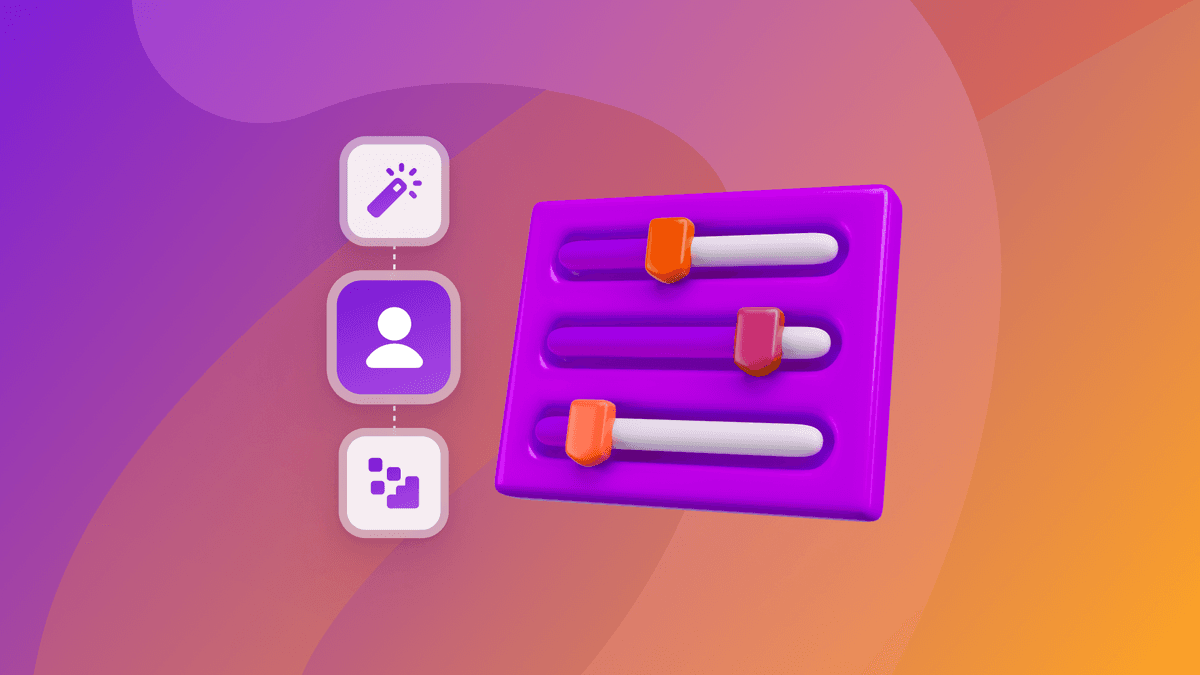
How behavioral marketing turns data into personalized experiences

Team Braze

How Braze supports exceptional customer engagement during Black Friday, Cyber Monday, and beyond

Todd Grennan
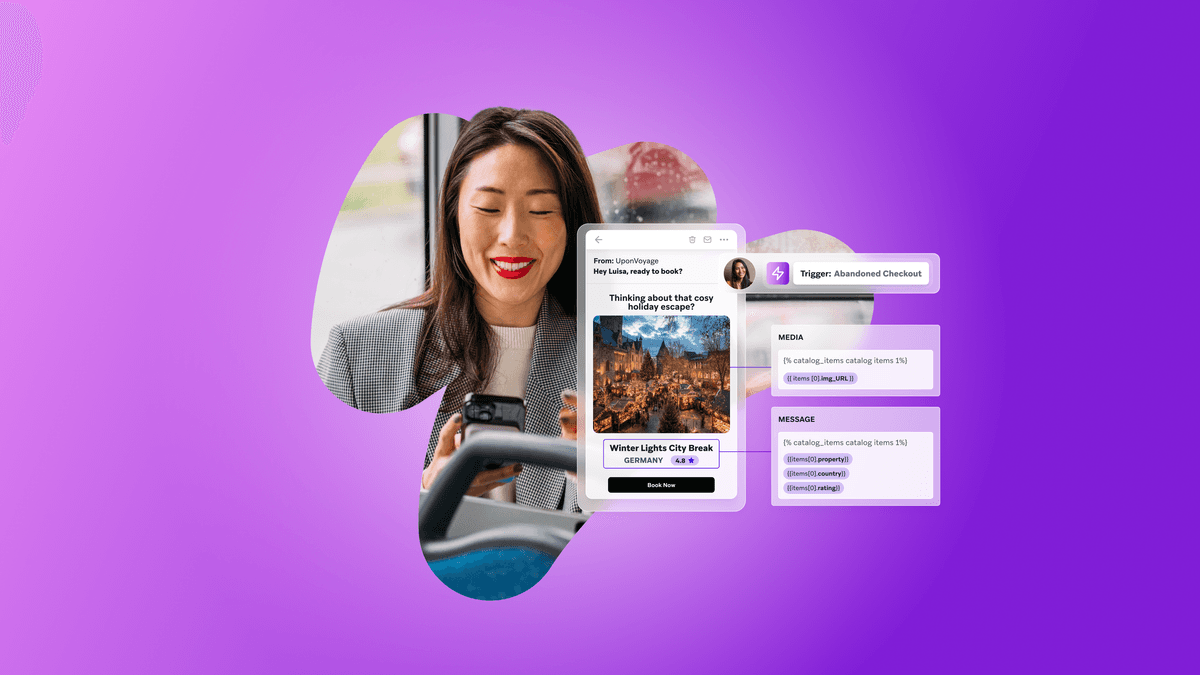
How to overcome messaging fatigue this holiday season
